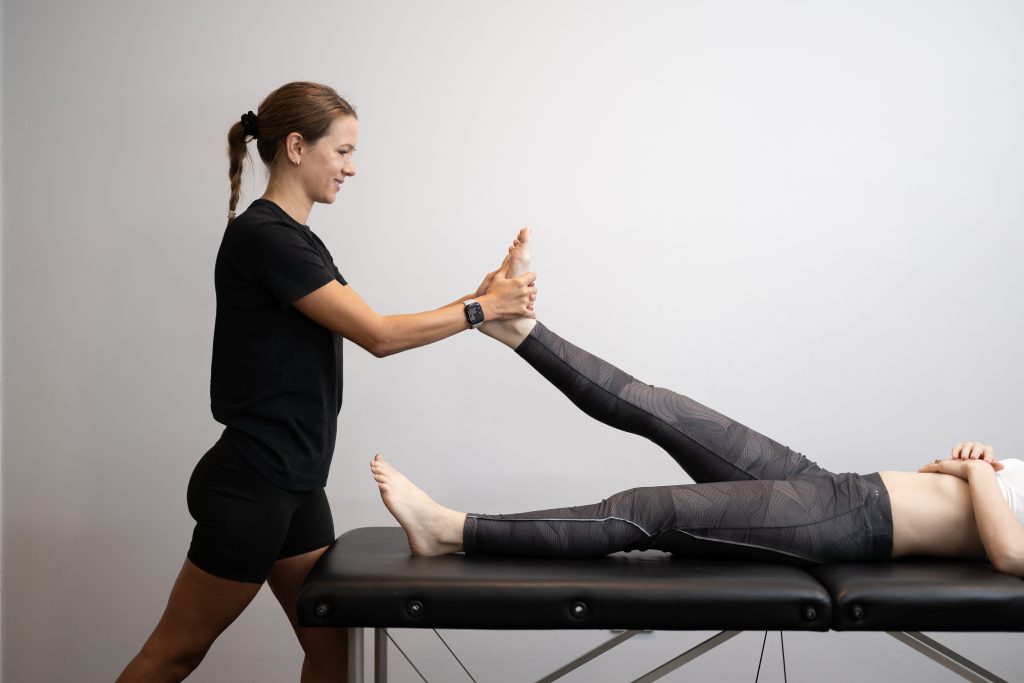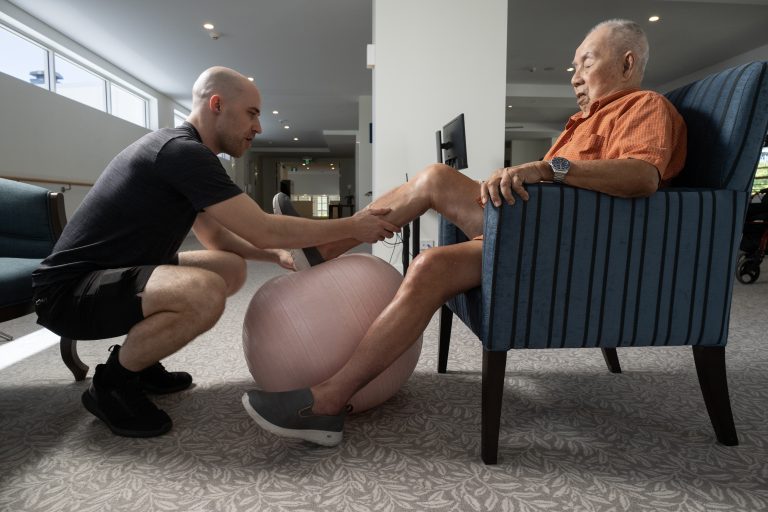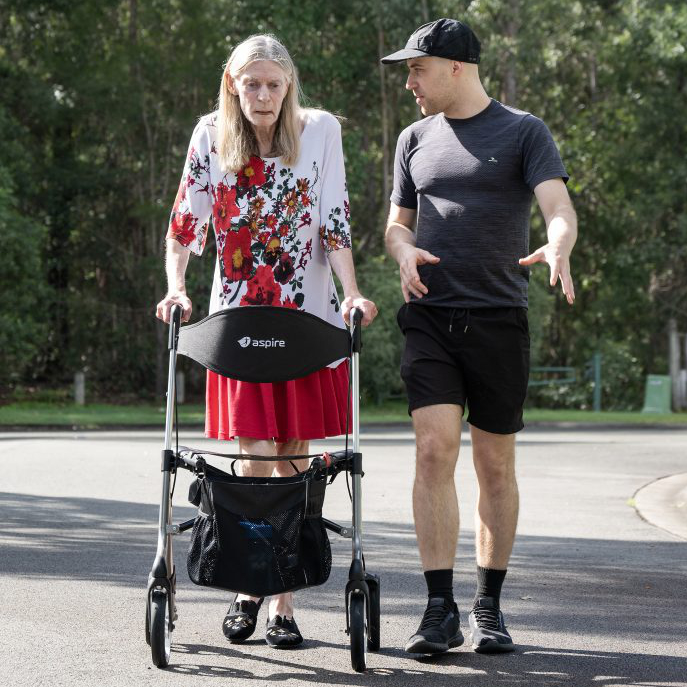If you wake with a stiff, painful Achilles or it starts hurting when you run or walk, it could be a bit more than a niggle. Many of the patients that walk in to GM Physiotherapy are confused about whether they have Achilles tendonitis or tendinopathy. Despite affecting the same tendon, the conditions are different from one another in how you get them, the symptoms you experience and even how to properly treat them.
Let’s clear it up, so you can take the right steps for healing.
Understanding the Achilles Tendon
But before we get into all the differences, it’s helpful to understand what we’re working with here. The Achilles tendon is the thick cord that links your calf muscles to your heel bone. It is incredibly strong, strong enough to take the stress of running, jumping and everyday movement , but overuse injuries, especially in active people and people who go suddenly from doing little to doing a lot, are not uncommon.
What Is Achilles Tendonitis?
Achilles tendonitis is a term you may hear thrown around often, but it actually refers to an acute inflammatory response in the tendon. It’s usually caused by a sudden increase in physical activity, like ramping up your running distance or starting a new high-impact sport without proper conditioning.
Tendonitis typically comes on quickly and is characterised by:
– Sharp or burning pain during activity
– Swelling or warmth around the tendon
– Tenderness to touch
– Pain that reduces with rest
In the early stages, tendonitis is your body waving a red flag. It’s inflamed, irritated, and crying out for a break due to inflammation of the tendon. If caught early, tendonitis usually responds well to rest, ice, and guided physiotherapy.
What Is Achilles Tendinopathy?
Achilles tendinopathy, on the other hand, is a chronic degenerative condition. That means it develops over time and doesn’t involve much inflammation. Instead, the tendon starts to wear down and lose its normal structure. It’s more common in people who’ve had long-standing Achilles pain or who ignored those early warning signs.
Key signs of tendinopathy include:
– A dull ache or stiffness, especially in the morning
– Pain that eases with light activity but worsens with high-impact movement
– A thickening of the tendon
– Ongoing discomfort even at rest in more severe cases
It’s not just about inflammation anymore – it’s about long-term overload and tissue breakdown. This is where proper rehab becomes critical.
So, Why Does the Distinction Between Tendinopathy and Tendonitis Matter?
Here’s where things get important regarding the different types of tendinopathies. Treating Achilles tendonitis like tendinopathy – or vice versa – can slow your healing or even make the issue worse.
Tendonitis needs inflammation control. That might include relative rest, ice, and gentle movement in the early days, followed by progressive loading guided by a physio.
Tendinopathy, on the other hand, thrives on structured tendon loading. That means a carefully designed strengthening program that encourages the tendon to remodel and regain its load capacity. Simply resting a tendinopathic tendon won’t fix the root of the issue.
At GM Physiotherapy, we use specific assessments to identify which condition you’re dealing with, whether it’s tendinosis or another form of tendon pathology. We don’t just guess. We dig into your activity history, symptoms, and conduct a physical exam to make sure your rehab plan matches the actual problem, not just the pain.
Common Causes and Risk Factors
Both conditions stem from overuse, but the timeline and patterns differ.
Tendonitis often comes from a sudden spike in physical activity without proper warm-up or conditioning. It’s common in weekend warriors or people training for events like marathons or triathlons.
Tendinopathy usually builds up over months or even years. It’s more common in people with poor ankle biomechanics, weak calf muscles, or those with a history of tendon pain. Poor footwear, flat feet, and tight calves also contribute.
Age is another factor. As we get older, our tendons become less elastic and more prone to degeneration. That’s why people in their 30s, 40s, and beyond often present with tendinopathy instead of classic tendonitis.
Treatment Options with GM Physiotherapy
Here on the Gold Coast, our team at GM Physiotherapy takes a hands-on, science-backed approach to treating Achilles issues. And we tailor every treatment plan to the individual.
For tendonitis, we start with pain relief strategies, manual therapy, activity modification, and inflammation control. We’ll gradually reintroduce strengthening and mobility work once the flare settles.
For tendinopathy, our goal is tendon reconditioning. That means designing a progressive loading program that matches your current level and builds resilience over time. We may also include dry needling, shockwave therapy, or soft tissue release depending on your response.
We don’t believe in cookie-cutter rehab. Our physios guide you through the process so that every week you know what to expect – and what your next milestone looks like.
If you’re unsure which type of Achilles pain you’re dealing with, it could be tendinosis or tendinitis. book an assessment today at GM Physiotherapy. Getting it right from the start can make the difference between a few weeks off and a long, frustrating recovery.
Tips to Prevent Achilles Injuries or Tendon Ruptures
While we’re at it, here are a few habits we always recommend to patients looking to avoid future Achilles problems:
– Gradually increase your training load to prevent tendon injuries. No jumping from couch to 10K overnight; this can lead to tendon injuries.
– Warm up your calves and ankles before workouts to enhance your range of motion.
– Invest in proper footwear that supports your foot type.
– Cross-train to avoid repetitive stress in one area.
– Stretch and strengthen your calves regularly—tight or weak calves are common culprits.
If you’re coming off an injury, don’t go it alone. Our physios can walk you through a tailored return-to-activity plan that works.
Don’t Wait to Get Help
The bottom line? Achilles tendonitis and tendinopathy aren’t the same thing, and treating them as if they are can cost you valuable time and energy. If you’re experiencing heel pain, especially pain that’s been sticking around for more than a week or two, don’t just wait and hope it’ll go away; seek help to avoid tendinitis.
Book an appointment with GM Physiotherapy on the Gold Coast and let us assess the root of your pain properly. The sooner we pinpoint the problem, the sooner you can get back to doing what you love.
Visit our website to book online. If you’re experiencing persistent pain, call our clinic today for an anti-inflammatory treatment plan. Your Achilles will thank you.





 Back to all posts
Back to all posts

